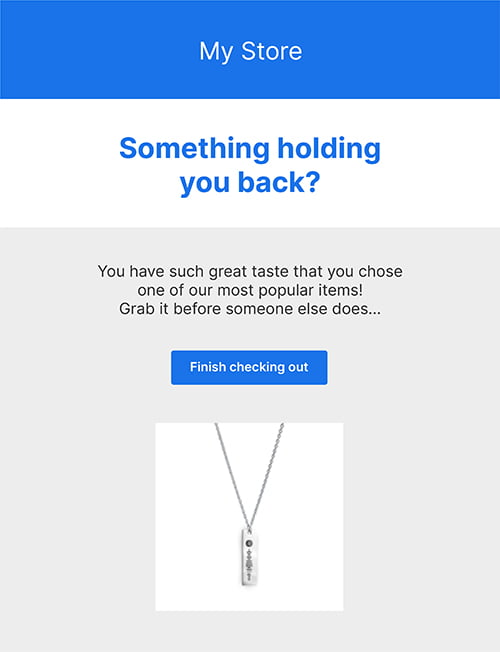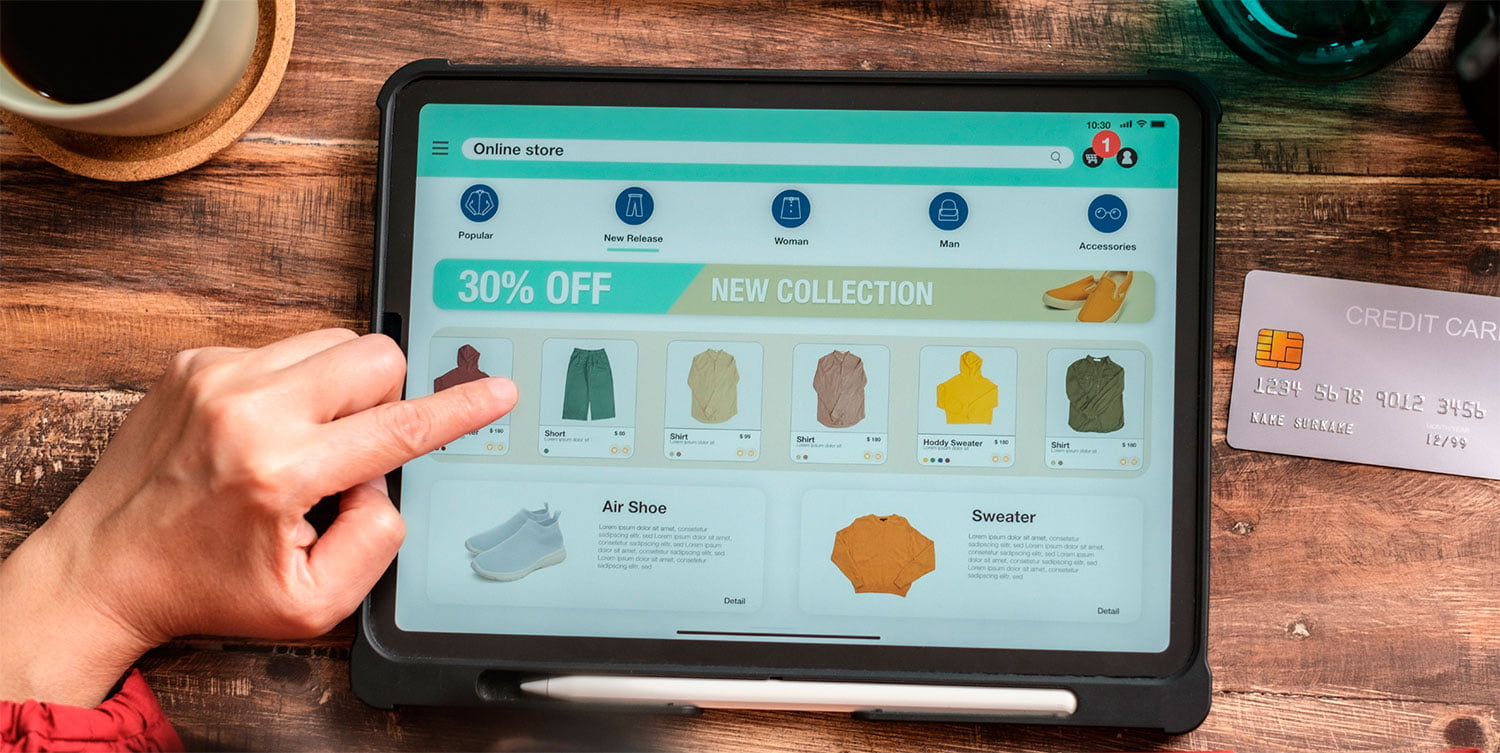Transparent shopper journeys from the conversion experts
Get the inside track on shopper journeys, abandoned carts, and the tracking that takes place to help you close on near-sales. No bells and whistles here, only what you need to know as a busy business owner with a growing demand!
The sad story of an abandoned cart
A prospect enters the store, they glance across your first landing page, reviewing your wares… The information that’s useful for you to know at this stage, in order to better help them at a later date, might be where did they come from?
Good question. They might have reached your site via Facebook, or another social media site, in which case you can likely track their UTMs from their route to your page. But that begs another question:
What is a UTM?
Urchin tracking modules or UTMs are short texts that coders can add to links, in order to see where traffic is coming from. For example, to track who’s clicking on your email marketing:

UTMs allow multiple platforms to recognize where a user came from according to Jeffrey Kranz at Buffer, by detecting certain attributes along the shopper’s journey. They are essentially hints to sellers and business owners that help retarget customers better.
Next, the shopper spots something they love. They add it into their cart and continue shopping, delighted by many items in your store. Their behavior on the site as they generate a cart, is adding to information about their interests, and can be attributed. This means that platforms are understanding their visits and habits in order to better serve them at the next step, all thanks to these little tracking modules.
But suddenly, a work email comes into their inbox and they’re distracted. The cart is abandoned and, at the end of the day, they close all their tabs as standard…
This is called shopping cart abandonment. What happens now?
Your automated sales team comes into play
If you’re using Aument, your customer will receive an email nudge, so they don’t forget about those items in their shopping cart. At this stage, Aument’s UTMs are included which helps us further understand your customer’s behaviour. This is especially valuable if they do click on the abandoned cart prompt, and visit your store again – success!
Sounds useful right? You might know how important recovering near-losses is for retention. While new customers are always welcome, a 5% increase in your customer retention rate can increase billing by up to 95% according to Reichheld of Bain & Company. So, this behind-the-scenes follow up is incredibly worthwhile.
Aument’s abandoned cart feature is essentially your AI sales team, but without the office banter, sadly! It is much more efficient, however, automating follow-up and offering conversion tracking data on your business. This is done with attribution models.
What is attribution?
Another great question! Here’s one last tidbit on conversion tracking, directly from Aument’s engineers. There are two attribution models that Aument employs to know where your sales came from:
- Direct attribution using UTMs to track clicks from prospects’ emails to go back to their abandoned items.
- Indirect attribution tracks abandoned carts that were recovered after a follow-up email.
For the latter, we cannot be sure that the recipients clicked on the follow-up email directly, but we assume that reminder played a part in their happy return to your site.
We aim to be transparent about our processes, and we’re happy to share more details on how our platform supports eCommerces with UTM attribution and conversion tracking.
Want to know more than the high-level summary? Drop us a line!







